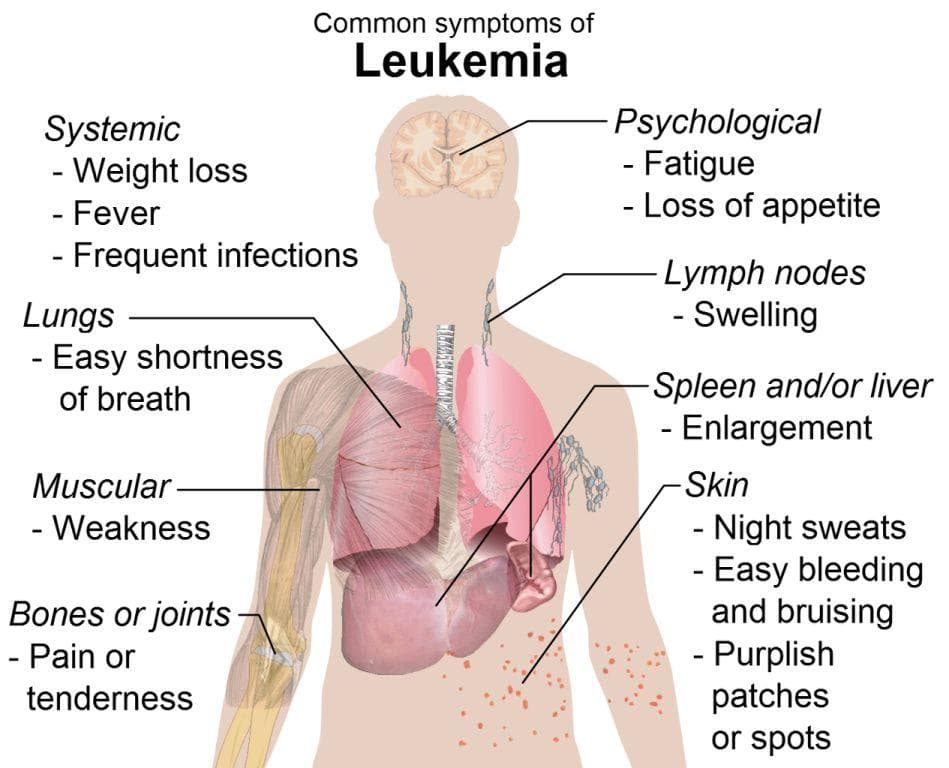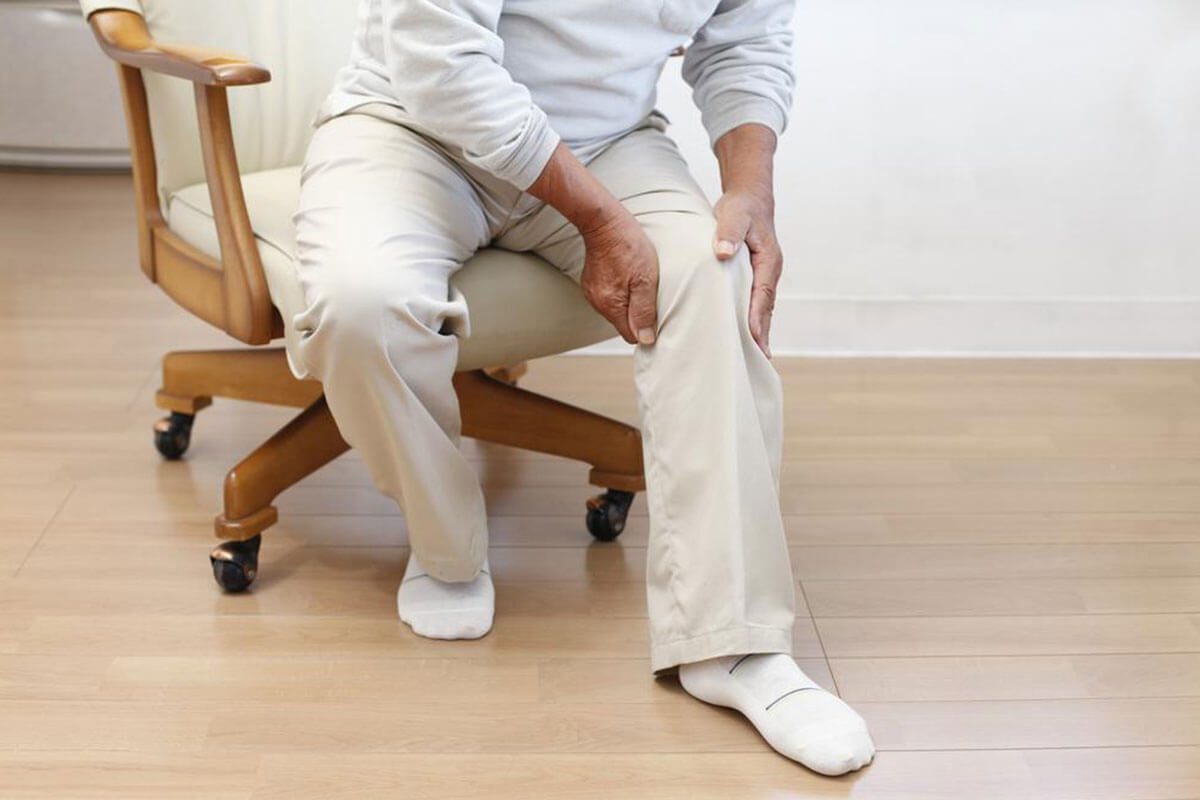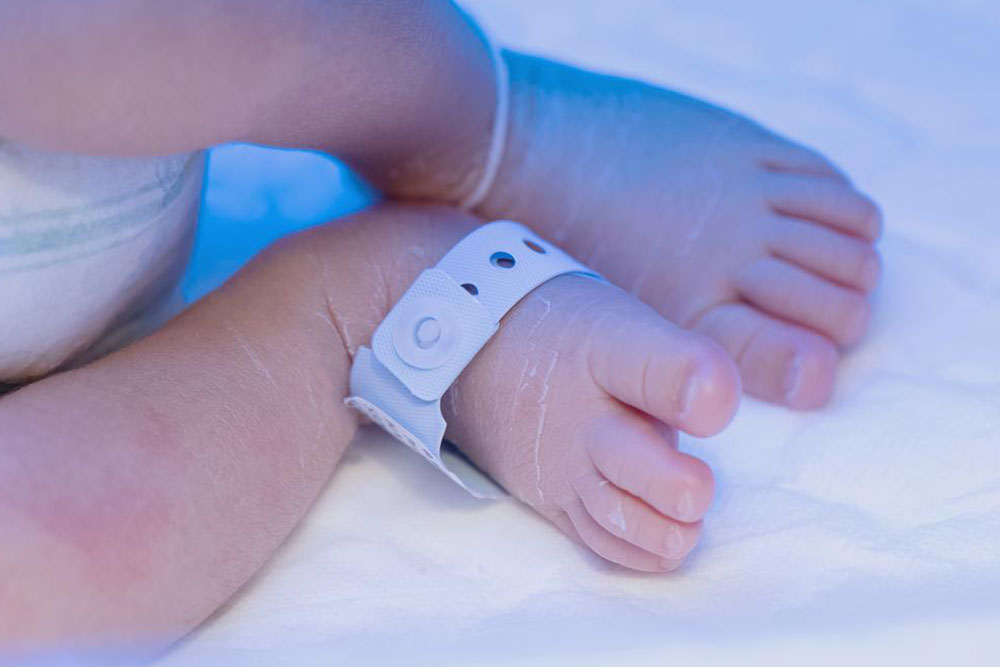Recognize These Hidden Signs of Leukemia in Your Body
This article highlights subtle signs of leukemia that often go unnoticed, such as fatigue, unexplained bruising, and swollen lymph nodes. Early detection is crucial for effective treatment. Understanding the different types and symptoms of leukemia can help in seeking timely medical assistance to improve prognosis and health outcomes.
Sponsored

Leukemia symptoms can often be subtle or mistaken for other illnesses. Staying alert to changes in your health can lead to earlier detection and more effective treatment.
Understanding leukemia
Leukemia is a blood cancer originating in the bone marrow, where it causes the overproduction of abnormal white blood cells. These defective cells interfere with normal blood cell functions, spreading quickly and outnumbering healthy cells, leading to various health issues.
White blood cells fight infections, but when they malfunction due to leukemia, it can cause bleeding, anemia, and a higher susceptibility to infections. The cancer can also spread to lymph nodes and organs, causing pain and swelling.
Types of leukemia
Leukemia is classified based on how quickly it progresses and the affected blood cells. The main types include acute and chronic leukemia. Acute forms develop rapidly, causing immediate symptoms, whereas chronic leukemia may go unnoticed for years as it advances slowly.
It is also divided into four primary categories according to the affected blood cell type:
Acute lymphoblastic leukemia (ALL)
Acute myeloid leukemia (AML)
Chronic lymphocytic leukemia (CLL)
Chronic myeloid leukemia (CML)
Additional subtypes include hairy cell leukemia and promyelocytic leukemia, among others.
Common and Less Common Leukemia Symptoms
Early stages may not show noticeable symptoms. As the disease progresses, symptoms can appear suddenly or develop gradually. Recognizing these signs can lead to prompt medical attention. Key symptoms include:
Persistent fatigue and weakness
Frequent fevers and chills
Bone or joint pain
Recurrent infections
Petechiae (small red spots under the skin)
Unusual bleeding from gums, nose, or rectum
Heavy menstrual bleeding
Headaches and night sweats
Shortness of breath
Unexplained weight loss or loss of appetite
Abdominal discomfort and swelling on the left side
Unusual bruising
Additional signs may present, such as:
Swollen lymph nodes: Noticeable swelling in the neck, armpits, or groin, indicating lymph node involvement.
Anemia: Low red blood cell counts causing fatigue, weakness, and breathlessness.
Leukopenia: Reduced white blood cells, increasing infection risk.
Thrombocytopenia: Low platelet levels resulting in easy bleeding and bruising.
Enlarged spleen or liver: Causing fullness, discomfort, or swelling in the upper abdomen.
If symptoms like fever, night sweats, or fatigue persist beyond typical illnesses, consult a healthcare professional. Early diagnosis and treatment are vital for better outcomes.






